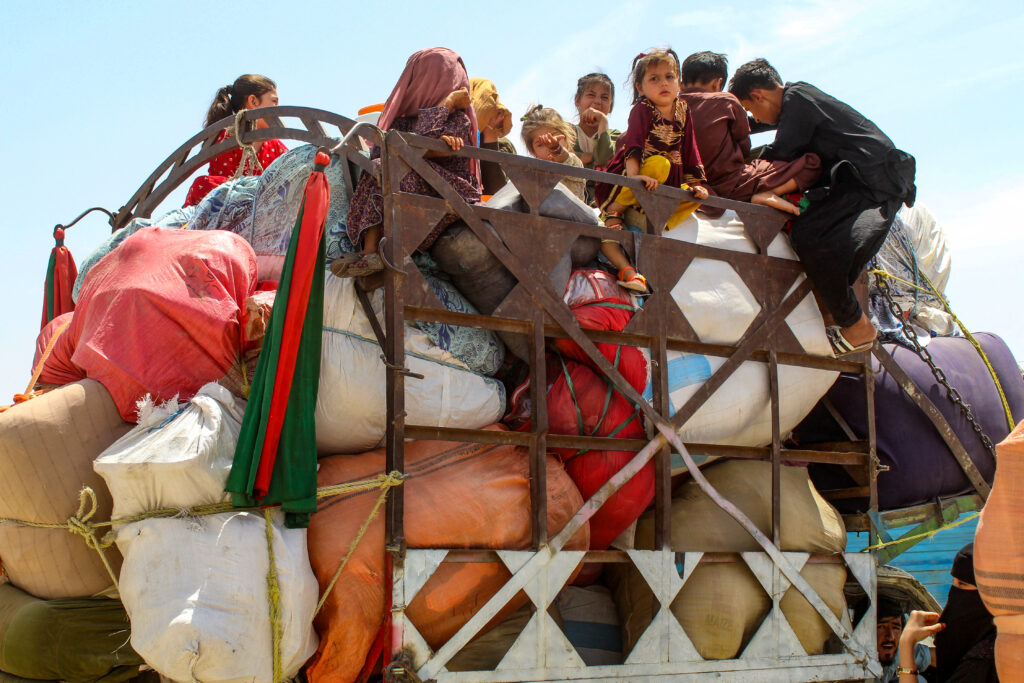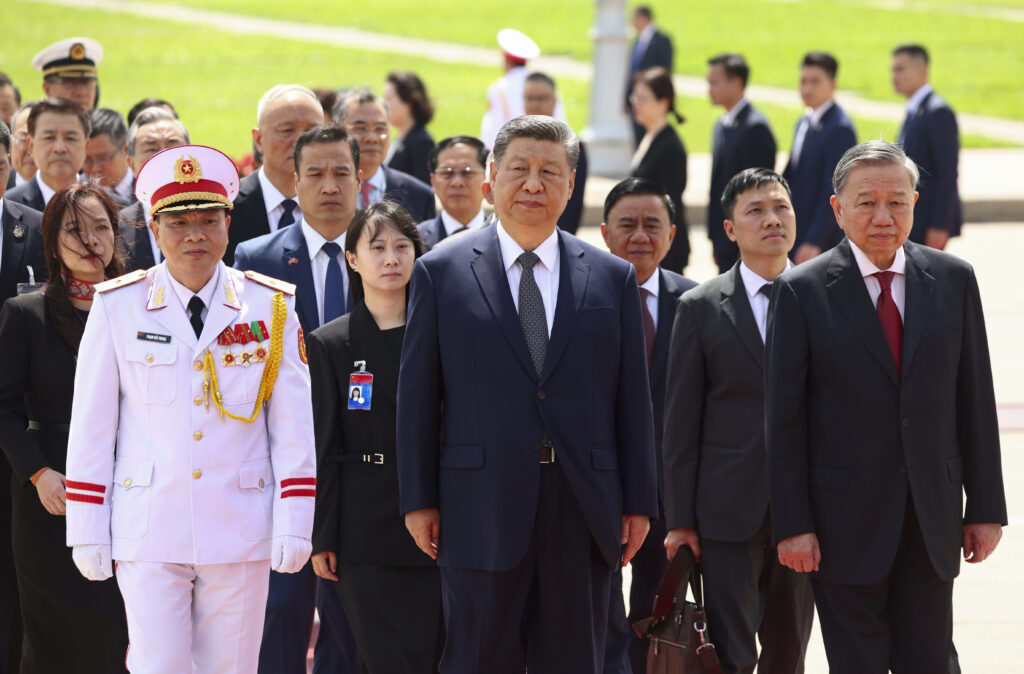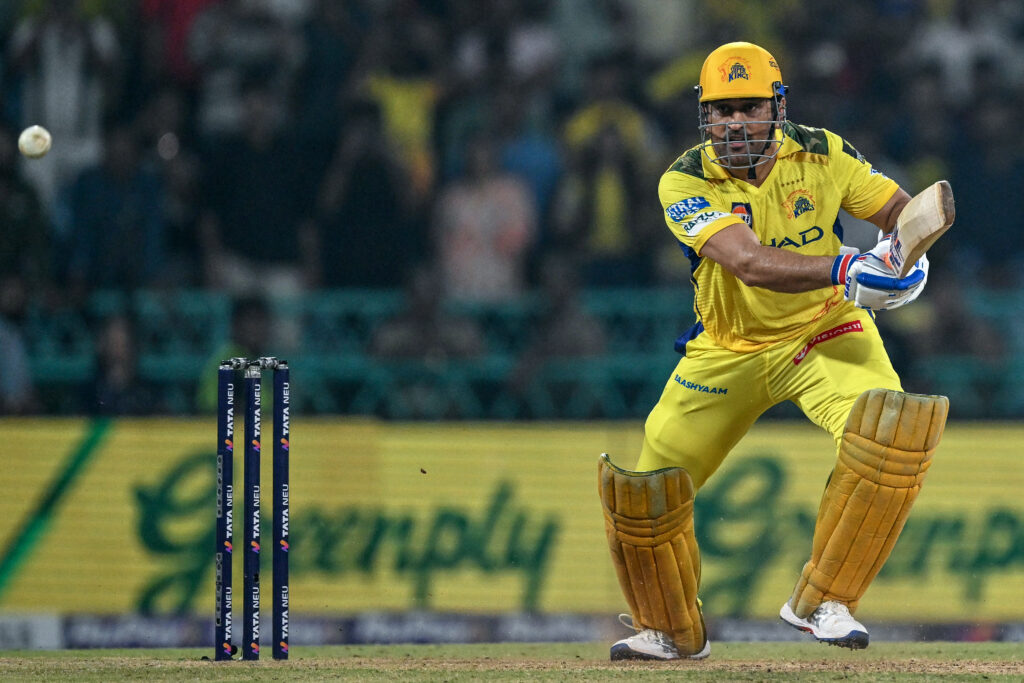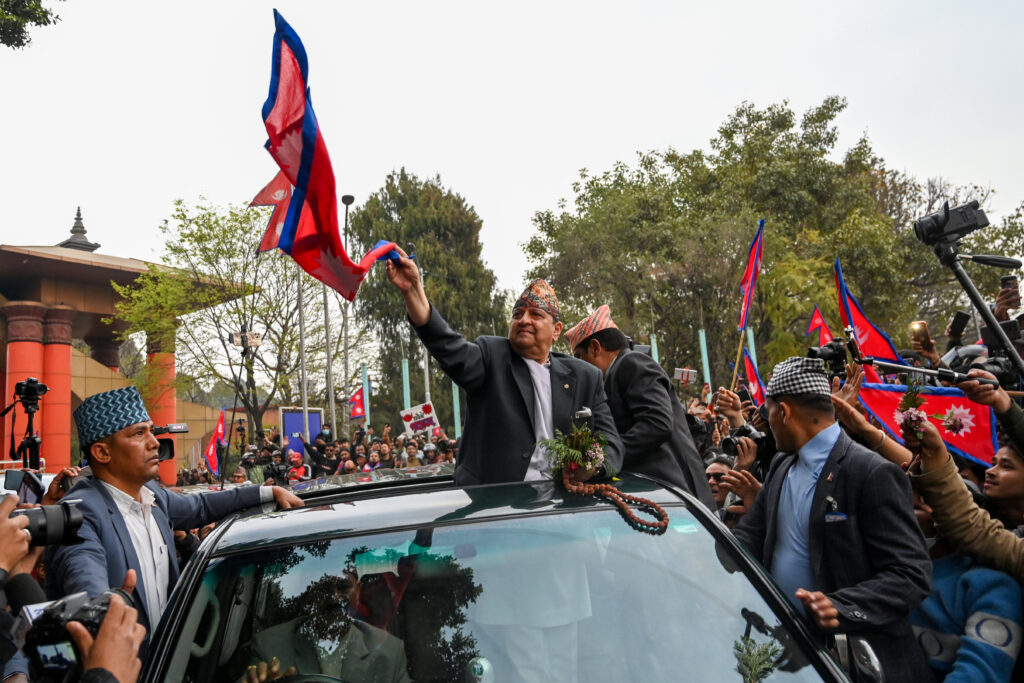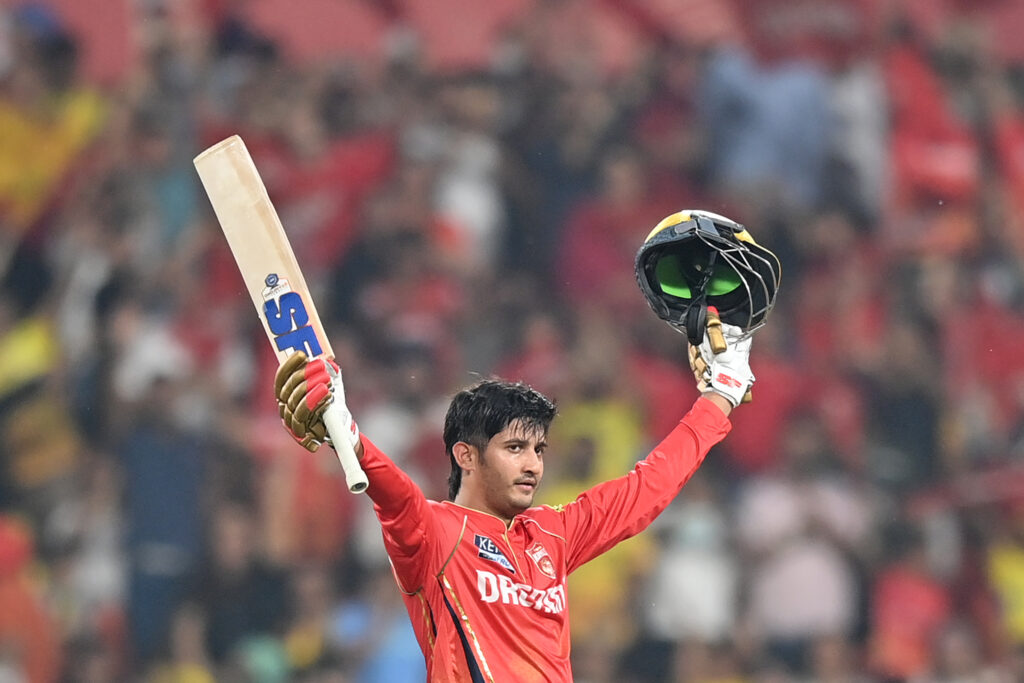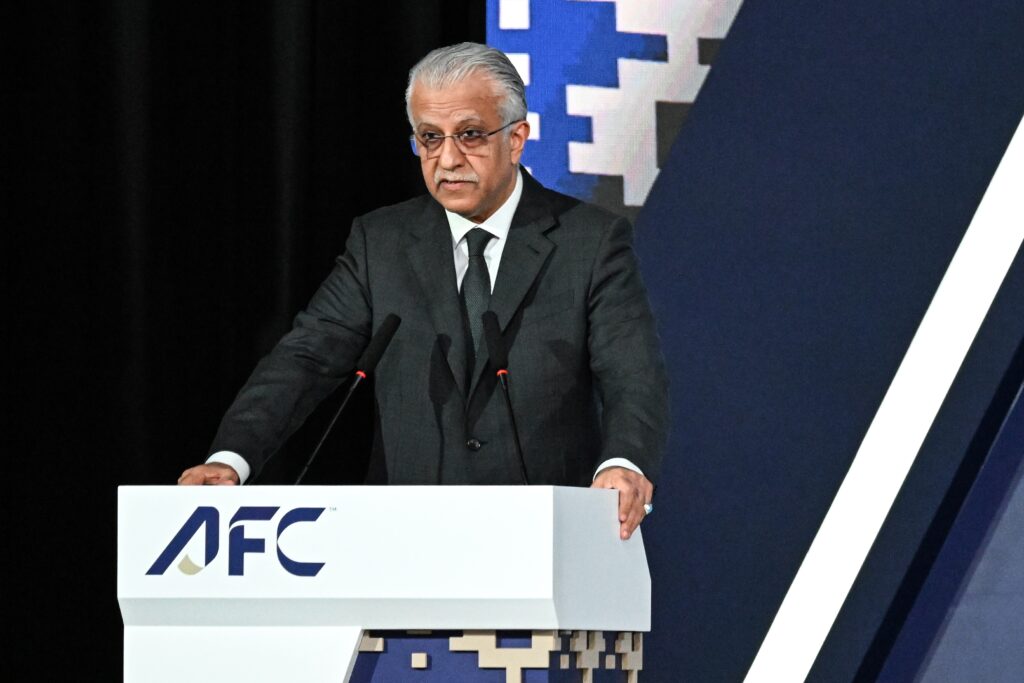Nearly 60,000 Afghans return from Pakistan in two weeks: IOM
Nearly 60,000 Afghans have been forced to leave Pakistan since the start of April, the International Organization for Migration said Tuesday, after Islamabad ramped up a campaign to deport migrants to Afghanistan. Pakistan last month set an early April deadline for some 800,000 Afghans carrying Afghan Citizen Cards (ACC) issued by the Pakistani authorities to leave the country, in the second phase of efforts to remove Afghans. “Between 1 and 13 April 2025, IOM recorded a sharp rise in forced returns, with nearly 60,000 individuals crossing back into Afghanistan through the Torkham and Spin Boldak border points,” the UN agency said in a statement. Families with their belongings in tow have crowded the crossings at Torkham in the north and Spin Boldak in the south, recalling scenes in 2023 when tens of thousands of Afghans fled deportation threats in Pakistan. “With a new wave of large-scale returns now underway from Pakistan, needs on the ground are rising rapidly — both at the border and in areas of return that are struggling to absorb large numbers of returnees,” said Mihyung Park, head of the IOM’s Afghanistan mission. The UN says nearly three million Afghans live in Pakistan, many having been there for decades, after fleeing successive conflicts in their country and following the Taliban’s return to power in Kabul in 2021. More than 1.3 million Afghans who hold Proof of Registration cards from the UN refugee agency, UNHCR, have also been told to move outside the capital Islamabad and the neighbouring city of Rawalpindi. The Taliban authorities have repeatedly called for Afghans to be allowed a “dignified” return to Afghanistan. As Afghans again began streaming over the border in large numbers, the Taliban Ministry of Refugees and Repatriation said: “The mistreatment of them (Afghans) by neighbouring countries is unacceptable and intolerable.”- ‘Halt the forced returns’ -Ties between the two countries have frayed since the Taliban takeover in Afghanistan.Islamabad has accused Kabul’s rulers of failing to root out militants sheltering on its soil, a charge the Taliban government denies, as Pakistan has seen a sharp rise in violence in border regions with Afghanistan. Talal Chaudhry, Pakistan’s deputy interior minister said last week that Islamabad was “taking these steps because Afghans are linked to terrorist and narcotics activities”. He added that Afghans waiting in Pakistan for visas to a third country “would be catered to case by case”.But, he added, “there will be no extension for anyone after April 30”.Human rights activists have for months been reporting harassment and extortion by Pakistani security forces against Afghans, as international rights organisations have condemned the forced return campaign. The IOM urged “all countries to immediately halt the forced returns of Afghans until conditions are in place to ensure safe, dignified, and voluntary returns, regardless of a person’s legal status”.The agency said that between September 2023 and April this year, more than 2.43 million undocumented Afghan migrants have returned from Pakistan and Iran, over half of them forcibly returned.burs-sw/tc
